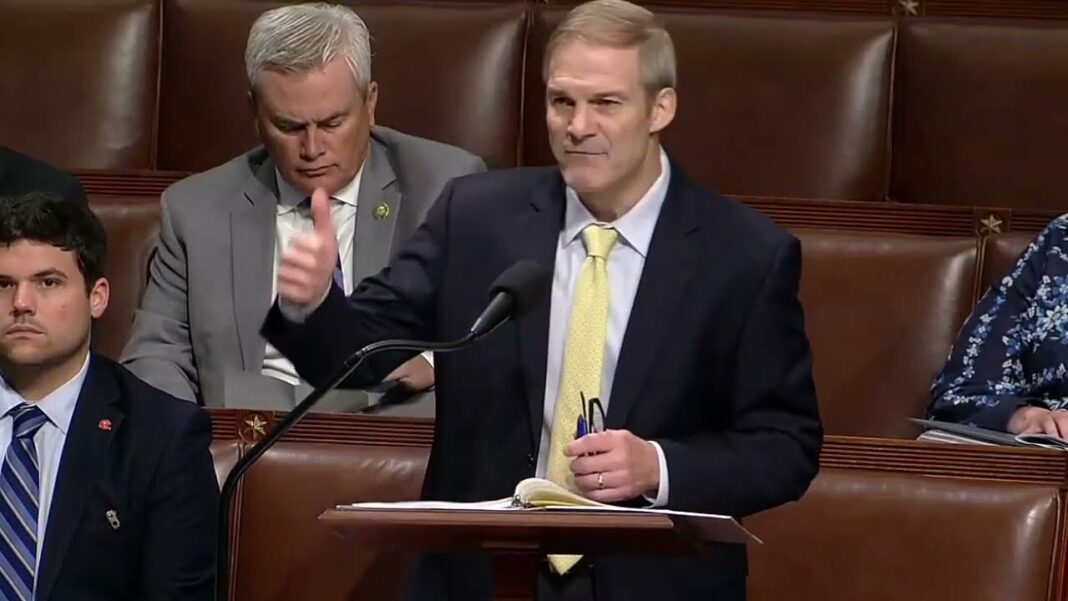Fed policymakers say ’there has been modest further progress’ toward restoring price stability.
The Federal Reserve left its key interest rate policy unchanged on Wednesday, while officials predicted one rate cut this year at the latest monetary policy meeting.
After the conclusion of their two-day Federal Open Market Committee (FOMC) monetary policymaking meeting, the Fed voted to leave its policy rate at a range of 5.25 percent and 5.5 percent.
In a post-meeting statement, the monetary authorities noted that “there has been modest further progress toward” achieving the central bank’s 2 percent inflation target.
“Inflation has eased over the past year but remains elevated,” the FOMC statement said, adding that officials will not cut rates until sufficient evidence supports such a decision.
“In considering any adjustments to the target range for the federal funds rate, the Committee will carefully assess incoming data, the evolving outlook, and the balance of risks,” the statement said. “The Committee does not expect it will be appropriate to reduce the target range until it has gained greater confidence that inflation is moving sustainably toward 2 percent.”
Additionally, the rate-setting committee members agreed to continue reducing its holdings of Treasury securities and mortgage-backed securities.
Summary of Economic Projections
According to the Summary of Economic Projections (SEP), the Fed now expects just one rate cut this year, leaving the median policy rate at 5.1 percent by the end of 2024.
Moreover, the median federal funds rate is expected to be 4.1 percent in 2025, up from 3.9 percent in the March projection. The median policy rate is anticipated to be 3.1 percent in 2026, unchanged from the March meeting.
Real GDP growth stayed at 2.1 percent in 2024 and 2 percent in 2025 and 2026. The unemployment rate is still seen at 4 percent this year, but the jobless rate forecast was revised higher from 4.1 percent to 4.2 percent in 2025. The unemployment rate for 2026 was also adjusted higher from 4 percent to 4.1 percent.
By Andrew Moran








